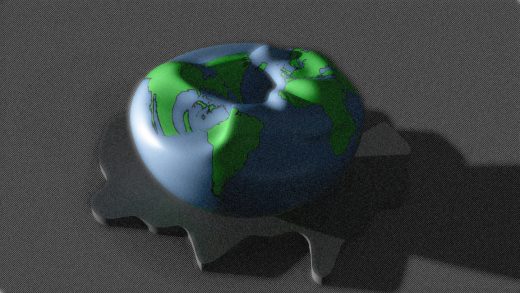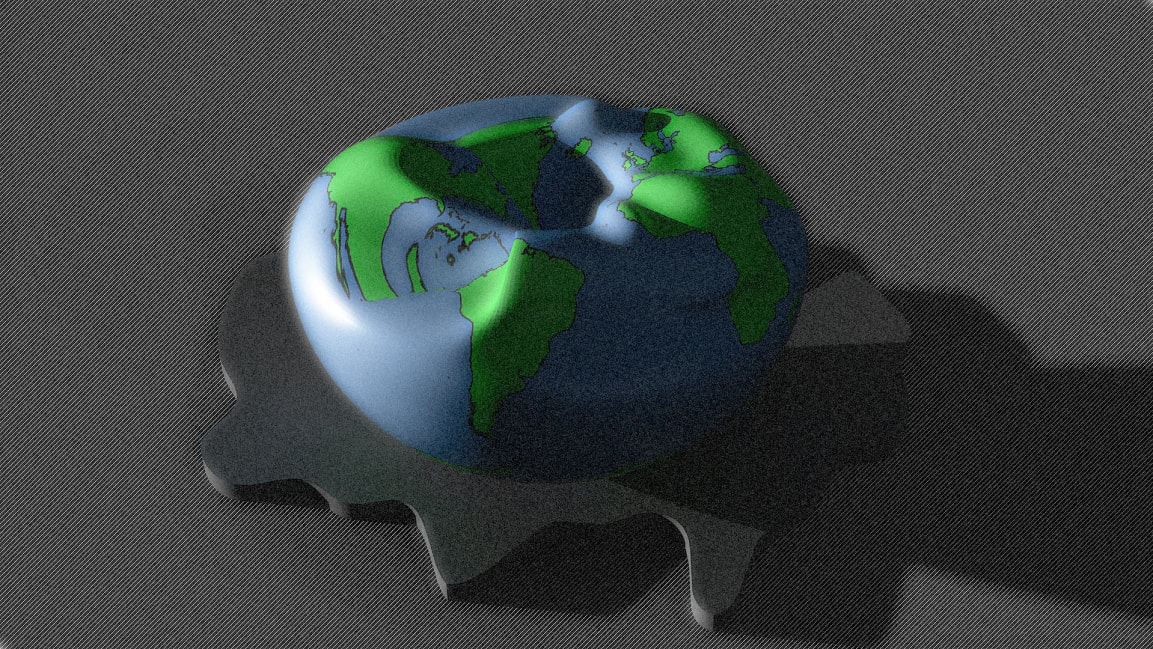We’ve officially exhausted the Earth’s natural resources for the year
Earth Overshoot Day marks the point at which we’ve collectively blown through the amount of food, timber, fiber, and carbon that the planet can renew or manage in a year. It’s a barometer for how badly we’re stressing the planet’s natural resources, and how out of sync we are with what it can sustainably provide.
Twenty years ago, in 1999, Earth Overshoot day fell on September 29. That’s still not great—ideally, it would line up with December 31 (or even into the following year), so the planet’s resources would not be in the red going into the next year. The first Overshoot Day, in 1970, fell on December 29, and it’s slipped forward ever since. This year, like in 2018, it falls on July 29.
Rather than despairing, the Global Footprint Network, which quantifies the Earth’s resources and also how long it takes to exhaust them, is focusing on strategies to push the date back.
Completely decarbonizing the economy, says GFN founder Mathis Wackernagel, is the most powerful tool for alleviating strain on the Earth’s resources. If we managed to cut carbon emissions in half, the date would drop back by three months, according to GFN’s calculations.
This trend reversal, Wackernagel says, is not the stuff of fantasy. “There are lots of opportunities to improve people’s well-being and reduce resource strain,” he says. And many of those opportunities are already viable.
For the past two years, GFN has been conducting research with the energy management corporation Schneider Electric to figure out how much impact currently available technology could make a difference on resource consumption. They found that if 100% of existing building and industry infrastructure was powered by renewable energy and outfitted with energy efficiency technology, Earth Overshoot Day would move back by 21 days, even with no change in human behavior.
But altering human behavior is also a powerful lever, according to GFN. Personal mobility and transportation accounts for 17% of the world’s carbon footprint. If people cut the amount they drove internal combustion engine cars by 50% in favor of walking, biking, or taking public transportation, we could move Earth Overshoot Day back by 11.5 days. To encourage this, cities need to rapidly scale up sustainable transportation options, and encourage dense development over sprawl so people won’t have to drive as much to access the things they need.
Another area where our choices can make a significant difference is the impact of food and agriculture. If we ate 50% less meat in favor of more plant-based options, we could move the date back by 15 days. Reducing food waste would save us 10 days. And one of the most crucial, yet under-discussed tools for alleviating resource strain is family management. “This is not about blaming or telling people what to do,” Wackenagel says. Rather, GFN advocates for equal rights and empowerment for women—and as part of that, access to family planning tools like birth control—so women can make their own reproductive choices. GFN points out that in societies where women’s rights and access to educational and professional opportunities is on par with men’s, reproductive rates tend to be lower. Increasing that access would save us a month by 2050.
While there’s an element of personal accountability at play in bringing about these resource-saving shifts, GFN is primarily advocating for systemic change. Urban planners, for instance, need to redesign cities to enable people to ditch their cars. The food and agriculture industry must consciously move away from overproduction of meat and animal products and toward a more sustainable and regenerative system. And those industries that rely on natural resources like timber should invest in alternatives and mitigation strategies—an effort to reforest 350 million hectares would move the date back by eight days.
By focusing on solutions to shift Earth Overshoot Day back in the calendar, Wackernagel says GFN is aiming to prove that individual resource-conservation efforts don’t’ happen in a vacuum. If the overall goal is to align our consumption of resources with Earth’s ability to regenerate, each of the solutions GFN puts forth are part of the way to get there.
(19)



